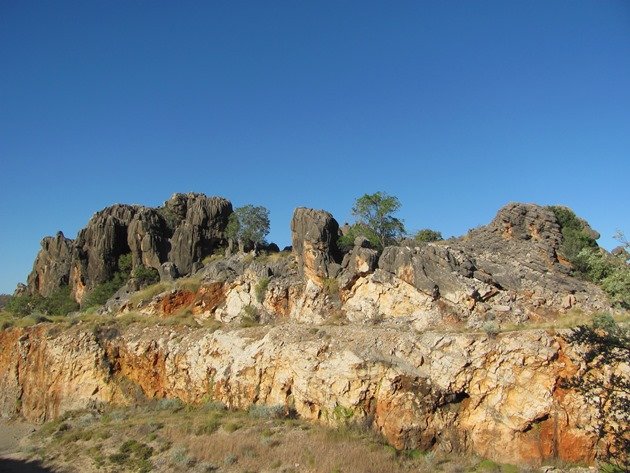
We have recently returned from a “croc and rock” birding trip that took us further into the Kimberley to visit some gorges, see some crocodiles and a great variety of bird-life. There is a lot to see beyond Broome and we chose to spend several days away camping in the bush away from mobile phone coverage, electricity and running water. This may not be everybody’s idea of fun, but to us it is one of the best parts about living where we do. We have just set off once again on another bush-trip and this will take us further off the beaten track to hopefully once again observe some great bird-life and keep our distance from crocodiles.
Our journey saw us heading north towards Derby and then heading off towards the next town, which is Fitzroy Crossing and several hours away. At the T-junction turn-off towards Fitzroy Crossing we were welcomed by a large flock of Galahs roosting in a boab tree. The large yellow sign indicated that all the roads north were open and we headed inland.
Galahs roosting in a boab
Our bush camp for the night was along the Fairfield-Leopold Road, which is a gravel road that is currently in a good state of repair for the majority of its length. There is a quarry that has been full of water in other years, but with a very poor rainfall during our recent ‘”wet” season there was barely any water there at all. It was surprising therefore to find one White-necked Heron, one White-faced Heron and a Black-fronted Dotterel present. They were able to survive on what little food there was on offer and would no doubt soon be moving on. The quarry was being used as a training ground for a family of five Brown Falcons and they were amazing to watch as they used the quarry walls to hunt. It is a very popular place for Great Bowerbirds and they constantly fly back and forth across the quarry.
An almost dry quarry
White-faced Heron
Black-fronted Dotterel
We were surprised that the bird-life in the morning was quite different to in the evening with Zebra Finch, Double-barred Finch and Long-tailed Finch choosing that time of day to drink from the remaining water. Bar-shouldered Doves, Diamond Doves, Peaceful Doves and Crested Pigeons all took advantage of the small amount of remaining water early on in the day and Rainbow Bee-eaters swooped through the quarry catching insects. A Paperbark Flycatcher made an appearance and then the oddest of all was a Little Pied Cormorant. It managed to get wet and possibly find some food and then move to the top of the quarry to dry off. The water won’t be there for much longer and all of the water-reliant species will soon have to find another source.
Little Pied Cormorant
We travelled to Geikie Gorge, which is close to Fitzroy Crossing and a great place for “crocs and rocks” as well as bird-watching. It is almost two years since our last visit to Geikie Gorge and this year we were visiting a lot earlier in the season. For the “wet” months of the year you can’t access the gorge and the park generally opens in May once the water levels of the Fitzroy River drop. In fact the bower that was beside the track on our last visit was no longer there and the Great Bowerbirds will be in the process of rebuilding in the area, which is normal at this time of year. The rock formations are spectacular and you walk right beneath some amazing formations on one side of the river and look across to the other side to equally spectacular rocks. Boat tours are available for those wishing to not walk.
Geikie Gorge
Balancing rocks-Geikie Gorge
Fairy Martins have already started to build nests along the rock wall on the far bank and Little Woodswallows swoop from tree to tree.
Fairy Martins starting to nest
Rainbow Bee-eaters are often found roosting on sticks along the edge of the river, and crocodiles pretend to be logs!!
Rainbow Bee-eater
Crocodiles
Along the tracks this year we discovered a lot more Crimson Finch present than on our last visit and many appeared to be young birds and not in full colour as yet.
Crimson Finch
White-bellied Cuckoo-shrikes were fairly common and keener to look upwards than at my camera! They flutter their wings as they land and settle in.
White-bellied Cuckoo-shrike
In the evening at our bush camp we encountered a Short-eared Rock Wallaby and when we were awoken in the night by a crunching sound I presumed it was this creature munching on spinifex grass. However, when we looked beyond the tent we could not see anything large at all. Odd….and then it started up again. This time we found the culprit and we were rather surprised to see an echidna digging away close to our tent. We rarely observe echidna in the Kimberley and no doubt they do feed more at night when it is so much cooler than the day-time. Several photos were taken and we discovered that it was 01:43am according to the camera! It continued to dig in its search for ants and we slept on. We had not even attempted to put tent pegs in due to the ground being so rocky and hard, but nothing was stopping this echidna from digging to find food.
Echidna at 01:43am!
In the morning we assessed the holes that the echidna had dug and they were impressive and we hope that it found sufficient food. We had seen a lot of ants in one hole during the night and this was the hole most deeply excavated. There was no sign of the echidna and no doubt it had found somewhere cool to spend the rest of the day.
Echidna diggings after sunrise!
The following day took us up the Fairfield-Leopold Road towards Windjana Gorge with the first species to cross our path being a Common Bronzewing, which are not at all common around these parts! The next part of the “croc and rock” birding trip will continue next week!
It would appear that this is my 250th post for 10000birds!


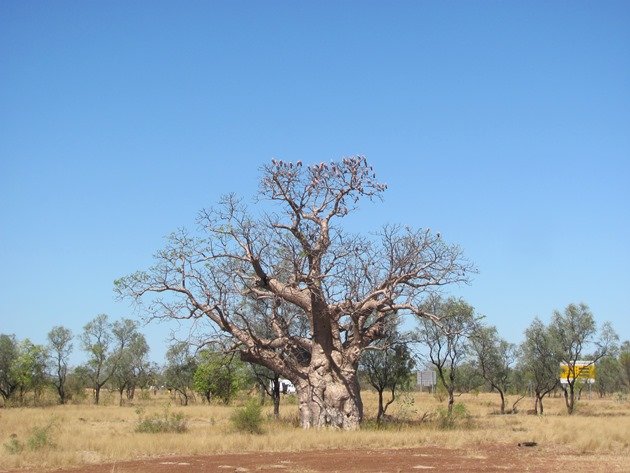
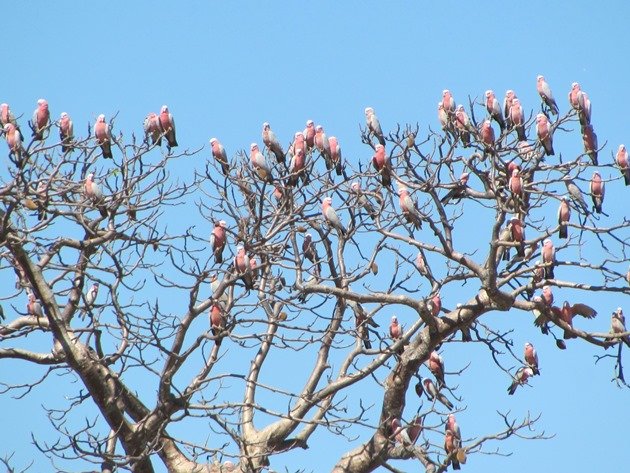
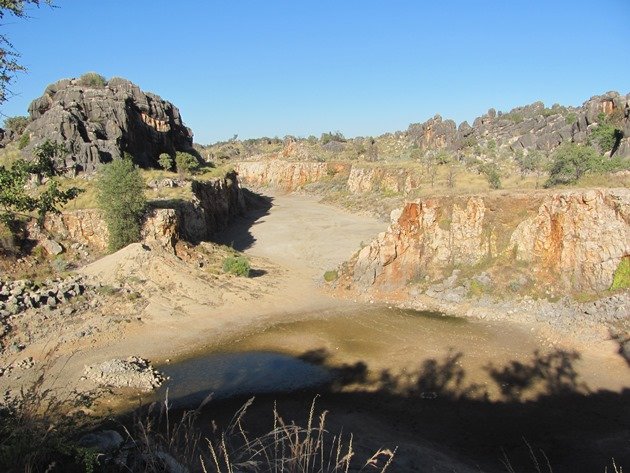
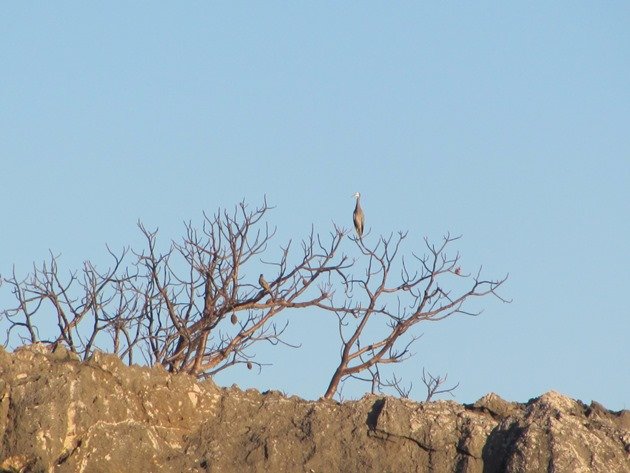
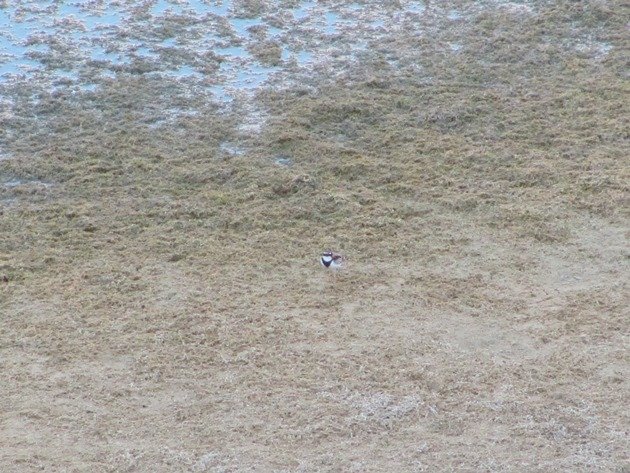
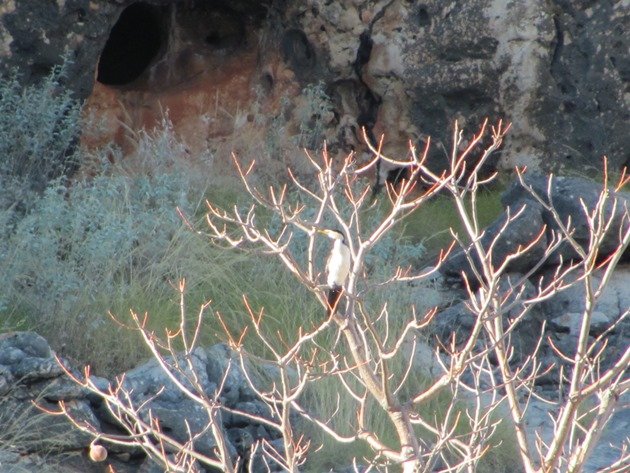
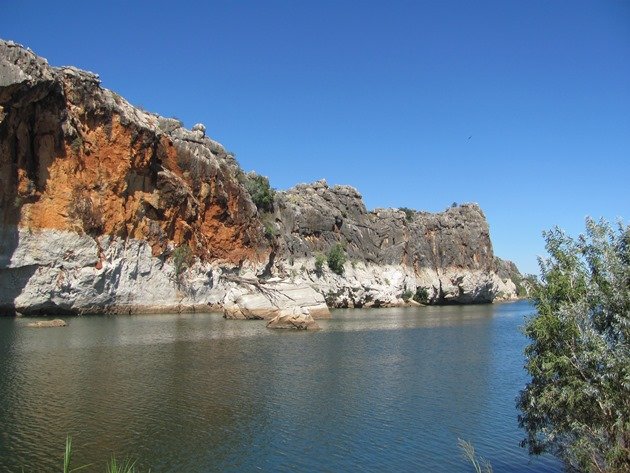
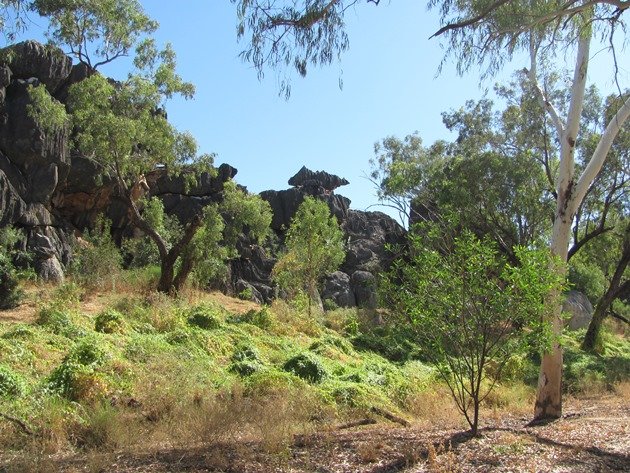
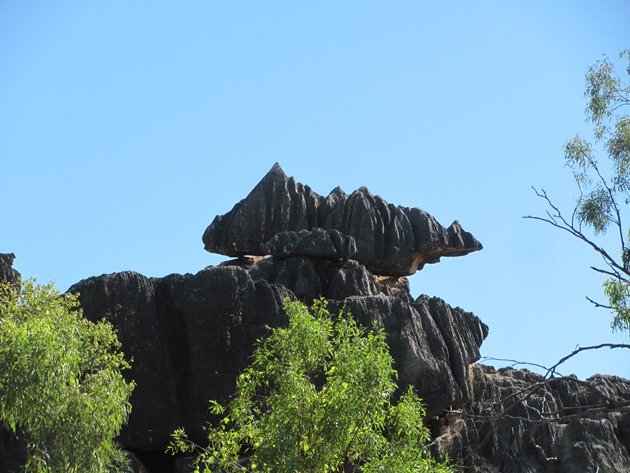
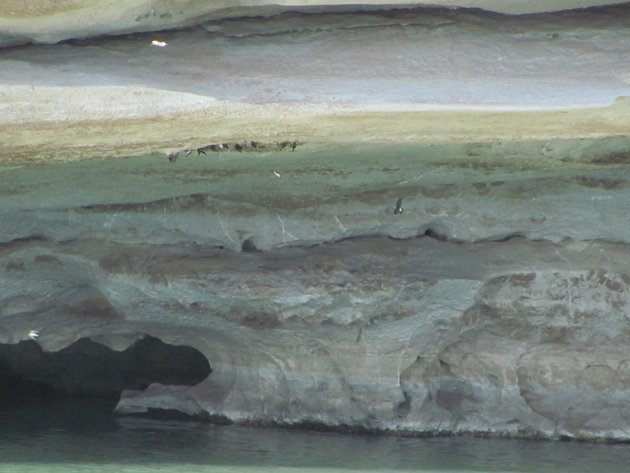
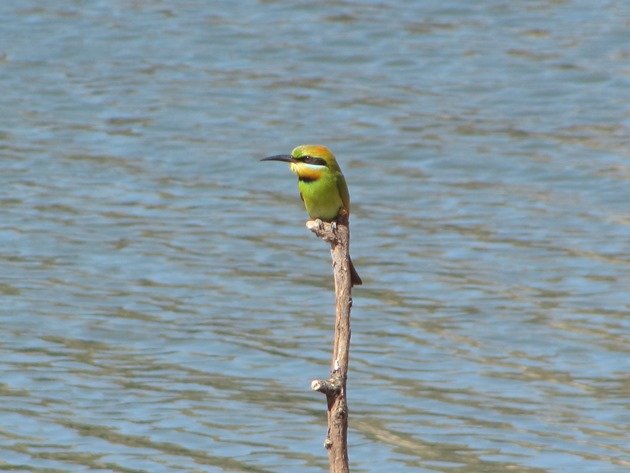
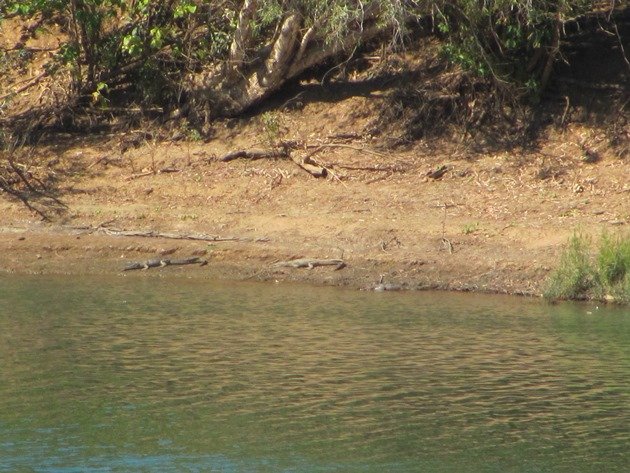
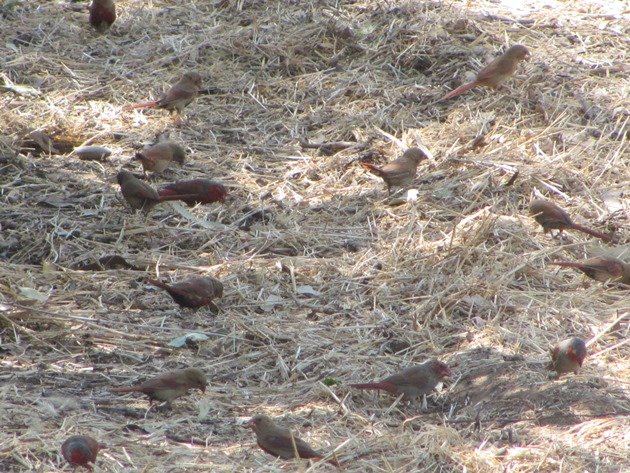
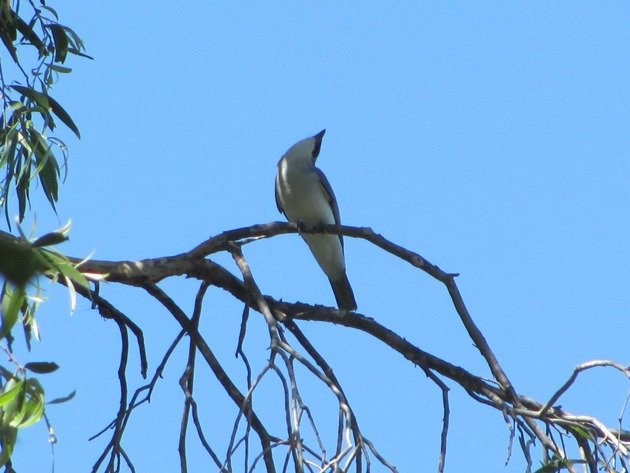
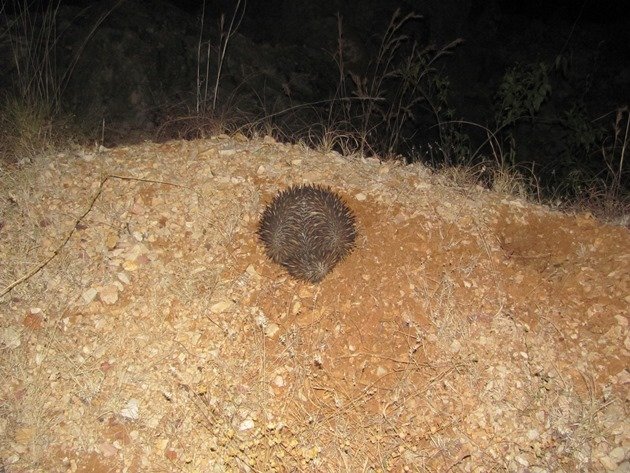
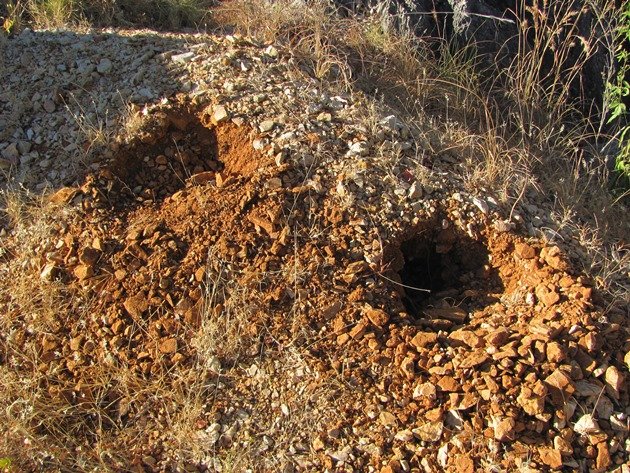








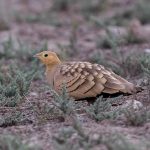


What an amazing trip, and what great photos of the roosting Galahs and the Rainbow Bee-eater! Congratulations on your 250th post, Clare! I look forward to many more.
A very worthy 250. Congratulations, here’s to the next 250!!
Thanks Wendy and Jochen!
We are sitting high up on a river bank with crocodiles below and we have no electricity, no running water….but the internet has found this bit of bush! Oh, the Southern Sky…..bliss! The call of those night-time birds!